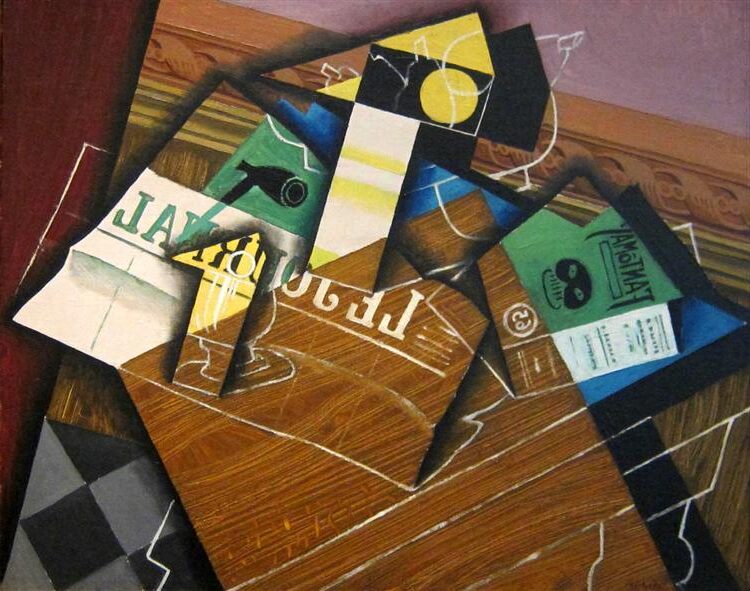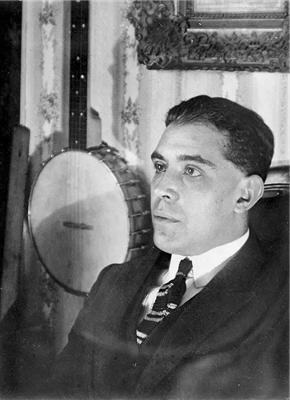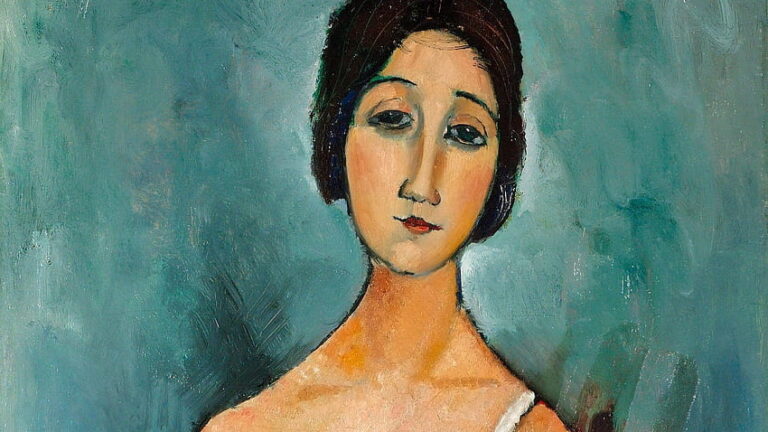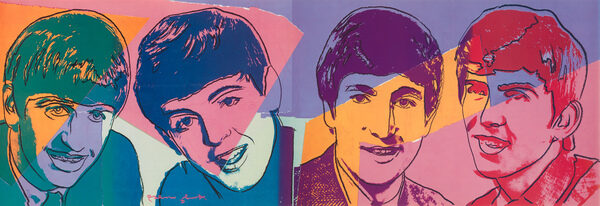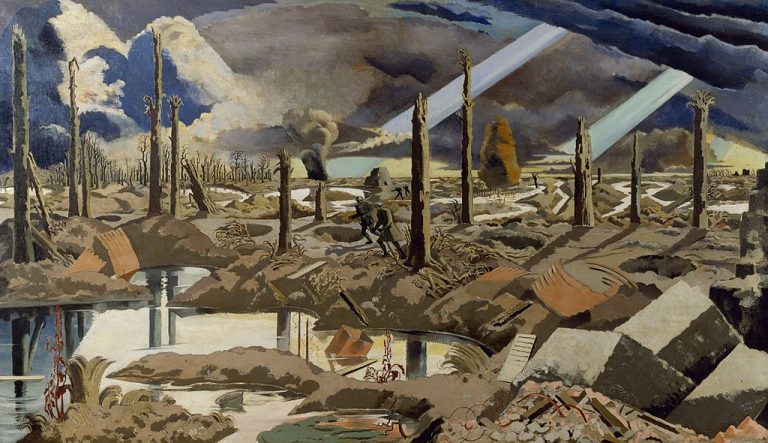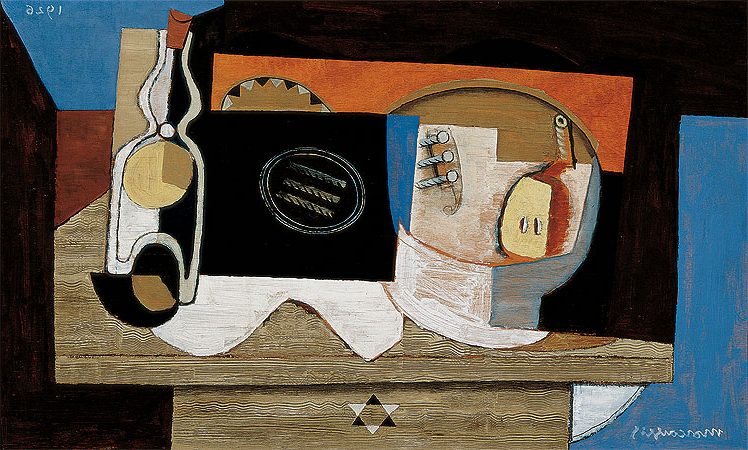Juan Gris Paintings: Exploring Cubism and Innovation
Born: March 23, 1887; Madrid, Spain
Death: May 11, 1927; Paris, France
Art Movement: Cubism
Nationality: Spanish
Teacher: José Moreno Carbonero
Institution: Madrid School of Arts and Sciences
Juan Gris Paintings: Exploring Cubism and Innovation
Juan Gris and Cubism

Guitar and Glasses (1912) by Juan Gris
Juan Gris, an influential figure in Cubism, brought unique elements to the movement. His work ranged from analytical to synthetic styles, containing geometric shapes and vibrant colors. Gris worked alongside famous artists like Pablo Picasso and Georges Braque, contributing significantly to modern art with a distinctive approach that blended traditional techniques with innovative ideas.
Early Life and Influences
Juan Gris was born as José Victoriano Carmelo Carlos González-Pérez in Madrid, Spain, in 1887. From a young age, Gris was immersed in a rich cultural environment, which cultivated his interest in art. Initially, he was enrolled in engineering studies at the Madrid School of Arts and Manufactures.
His interest soon shifted from engineering to the arts, fueled by the burgeoning avant-garde movements in Europe. Moving to Paris in 1906, Gris found himself surrounded by the vibrant art scene of early 20th-century Paris. Influences from peers like Picasso and Braque helped guide his transformation into a pioneering Cubist artist.
Contribution to Cubism
Juan Gris played a pivotal role in the Cubist movement by introducing unique perspectives and techniques. He was known for his involvement in Synthetic Cubism, which is characterized by simpler shapes and brighter colors. This approach contrasted with the muted palettes and fragmented forms typical of Analytical Cubism.
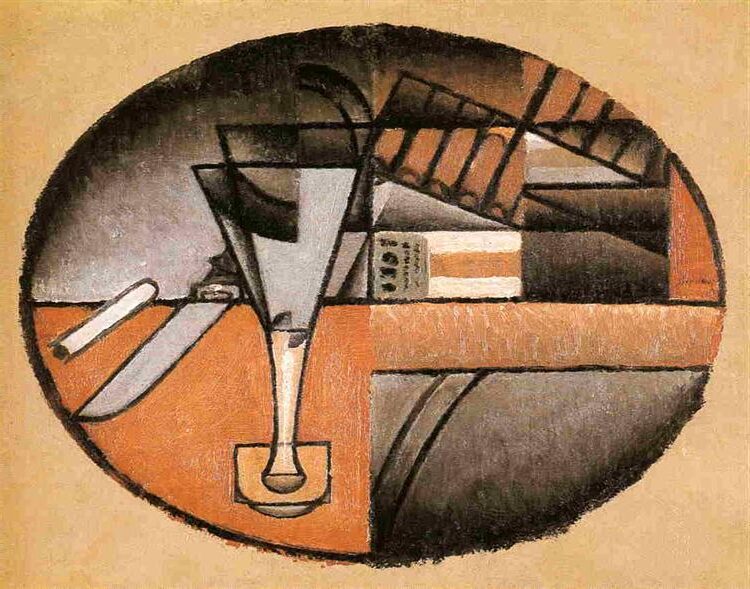
The Packet of Cigars (1912) by Juan Gris
Gris’s paintings often incorporated trompe-l’œil elements and background patterns, adding depth and complexity. His meticulous compositions and use of geometric shapes captured the evolved essence of everyday objects, reshaping how they appear in art. These capabilities cemented his position as a major influence in modern and Cubist art.
Key Collaborations
In the bustling art world of Paris, Gris interacted with prominent figures such as Pablo Picasso and Georges Braque. These interactions were not only artistically stimulating but also helped to solidify the foundation of Cubism as a coherent movement. Gris drew inspiration from their techniques, adapting them to suit his own vision.
His close relationship with Picasso, in particular, led to a productive exchange of ideas. This collaboration enriched Gris’s artistic vocabulary, which, in turn, influenced the development of Synthetic Cubism. Through these collaborations, Gris further established his legacy within the Cubist movement.
Distinctive Style
Juan Gris’s style was distinguished by his emphasis on geometry and color. He often employed bold colors and sharp lines to create compositions that were both dynamic and harmonious. Unlike other Cubist artists, Gris’s work displayed a more analytical approach, using precise, structured forms.
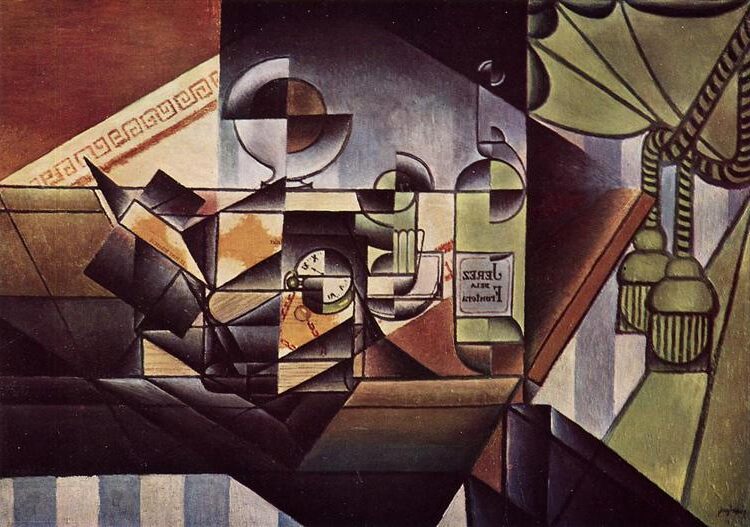
The Watch (1912) by Juan Gris
His paintings often depicted everyday objects transformed through a Cubist lens. The use of trompe-l’œil and layered textures gave his works a three-dimensional quality. Still lifes were a recurring theme, reflecting not just ordinary objects but capturing their essence in a new light, pushed through the avant-garde boundaries of his time.
Notable Artworks
Juan Gris, a key figure in Cubism, is celebrated for his precise and colorful works. His paintings used geometric shapes to depict everyday objects. His drawings and collages also showcase his creative brilliance. Additionally, while less known, his forays into sculptural works reflect his understanding of form and structure.
Paintings
Juan Gris excelled in paintings that highlight his cubist technique. Still Life with Checked Tablecloth (1915) combines objects like bottles and musical instruments in a complex composition. His Portrait of Pablo Picasso (1912) illustrates his friend using shifting planes and vibrant colors. A Man in a Cafe (1914) captures a café scene with angular shapes that suggest movement and depth.
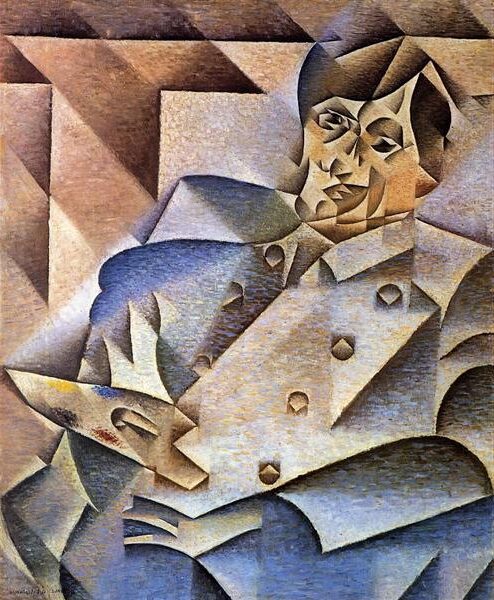
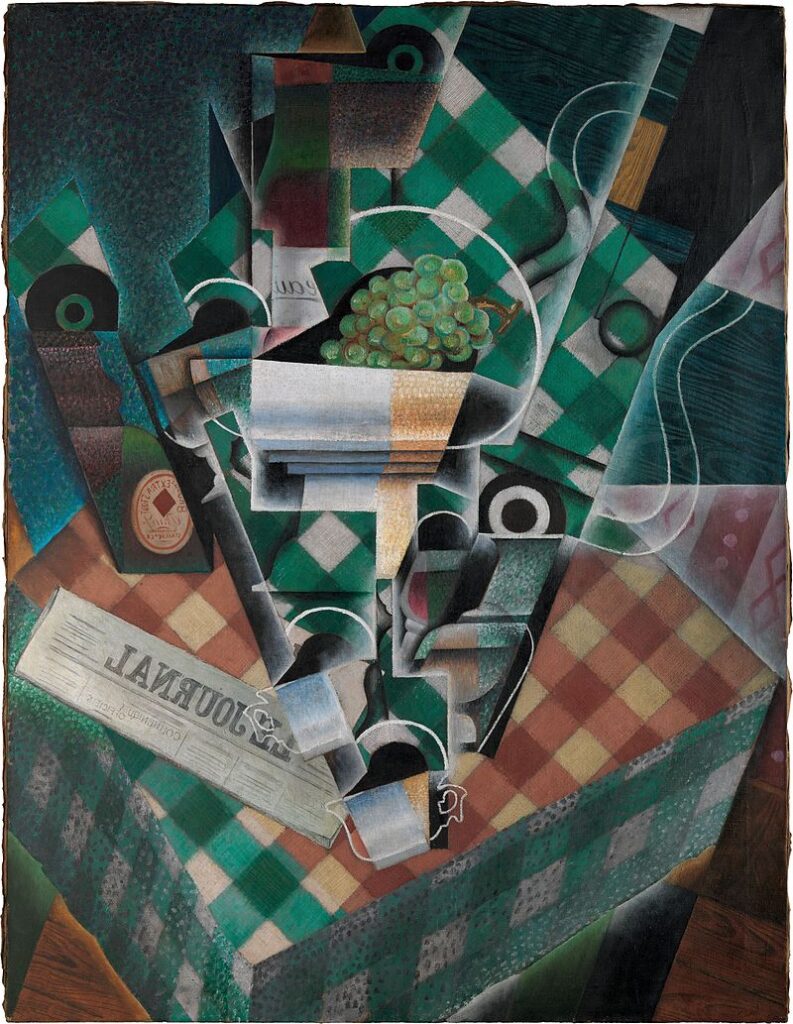
In The Guitar (1913), Gris shows his skill in breaking down objects and reconstructing them with form and balance. Meanwhile, Harlequin (1919) presents an iconic figure from the commedia dell’arte tradition using Gris’s characteristic sharp lines and dynamic sections. His paintings reveal a keen eye for detail, blending abstraction with clarity.
Drawings and Collage
Gris’s drawings and collages are equally impressive, demonstrating his grasp of different mediums. Works like Guitar and Music Paper (1926) utilize cut and arranged paper pieces to create layered visuals. Glass and Checkerboard (1917), another intriguing piece, uses a mix of materials to add texture and depth.
In his drawings, such as Violin and Checkerboard (1913), Gris sketches with control and precision. His works on paper reveal his process, exploring ideas that later became part of his paintings. The collages emphasize his ability to combine various elements into cohesive wholes, maintaining visual interest and complexity.
Sculptural Works
Though less prolific in sculpture, Juan Gris’s sculptural works reflect his exploration of form. His approach to sculpture mirrored his interest in breaking down subjects into basic geometric shapes. This method correlated with his paintings and drawings.
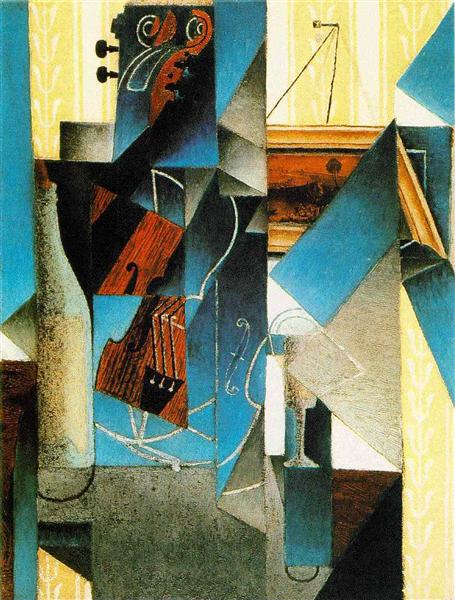
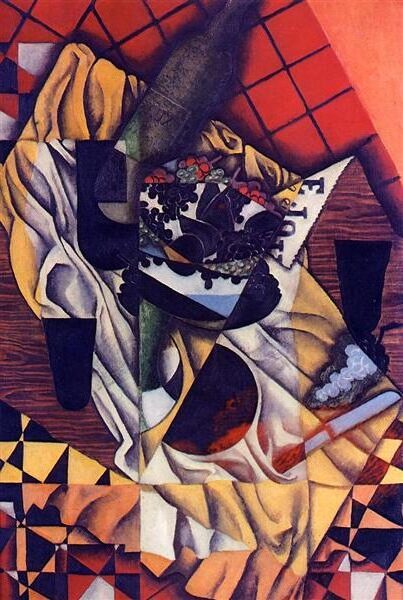
His three-dimensional pieces, while rare, offer a look at how he translated his ideas beyond the canvas. They underscore his commitment to abstraction and his remarkable ability to apply cubist principles across different art forms. While sculptures like The Violin (1913) are not well-documented, they remain part of his diverse artistic legacy.
Artistic Evolution and Techniques
Juan Gris was a pivotal figure in Cubism, known for his innovative use of mediums and distinct phases in his artistic journey. His work features bold colors, fragmented forms, and overlapping planes.
Early and Late Phases
In his early phase, Gris was heavily influenced by mechanical drawing. This background is evident in his precise lines and structured compositions. During his time in Paris, he adopted the pseudonym “Juan Gris” and became immersed in the Cubist movement. His early works focused on drawing and smaller-scale paintings, conveying a more reserved color palette and meticulous detail.
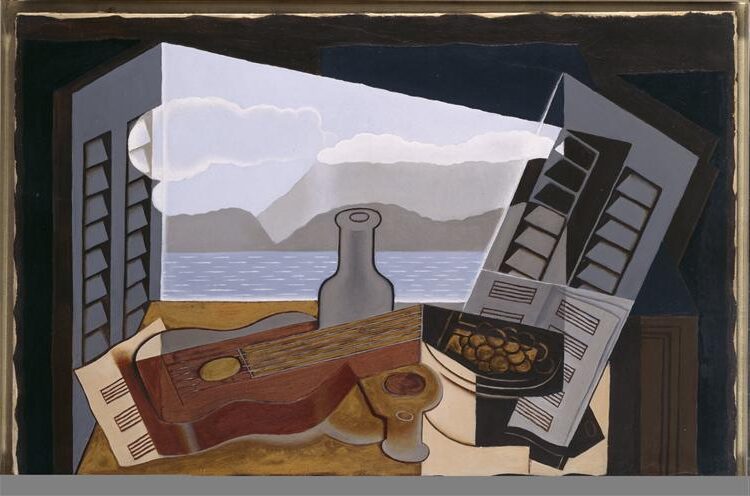
The Open Window (1921)
As Gris’s career evolved, he embraced brighter and more harmonious colors. His later works, such as The Open Window (1921), showcase a refined personal Cubist style, blending fragmented forms with overlapping planes. His art began to adopt a purist style, simplifying forms and enhancing clarity. This phase marked a shift towards larger canvases, showcasing more expressive still lifes and complex compositions.
Techniques and Mediums
Gris was known for his diverse use of mediums, including oil on canvas, sculpture, and collage. He was a master of experimenting with different materials, which allowed him to explore new artistic boundaries.
In his paintings, Gris skillfully used bold colors to create striking contrasts. He often employed fragmented forms, giving his work a sense of depth and dynamism through overlapping planes.
His techniques also involved employing mechanical precision, a skill honed during his studies in mathematics and physics. This precision is particularly noticeable in his collages and still lifes. Gris’s ability to combine geometric shapes with vibrant colors results in uniquely harmonious artworks. These techniques solidify his place as a significant contributor to the Cubist movement.
Cultural and Historical Impact

Pears and Grapes on a Table (1913) by Juan Gris
Juan Gris made a lasting mark on the art world. His work not only shaped Cubism but also influenced many modern artists and art movements.
Influence on Modern Art
Juan Gris’s art significantly shaped modern art through his role in Cubism. His style, which featured meticulous compositions and geometric shapes, pushed the boundaries of traditional painting.
His close relationship with other artists like Fernand Léger and Jean Metzinger influenced the Puteaux Group, a collective dedicated to expanding Cubist ideas.
Gris’s artworks inspired movements like the Return to Order, emphasizing a classical approach after World War I. His vibrant and structured pieces also impacted painters such as Henri Matisse and Amédée Ozenfant.
Modern art museums, such as the National Gallery of Art and the Metropolitan Museum of Art, continue to showcase his work, reinforcing his influence on future generations.
Legacy in Art History
Gris’s legacy is anchored in his ability to integrate art and culture. His participation in the Salon des Indépendants and exhibitions like Hommage à Pablo Picasso highlighted his importance in the art community.
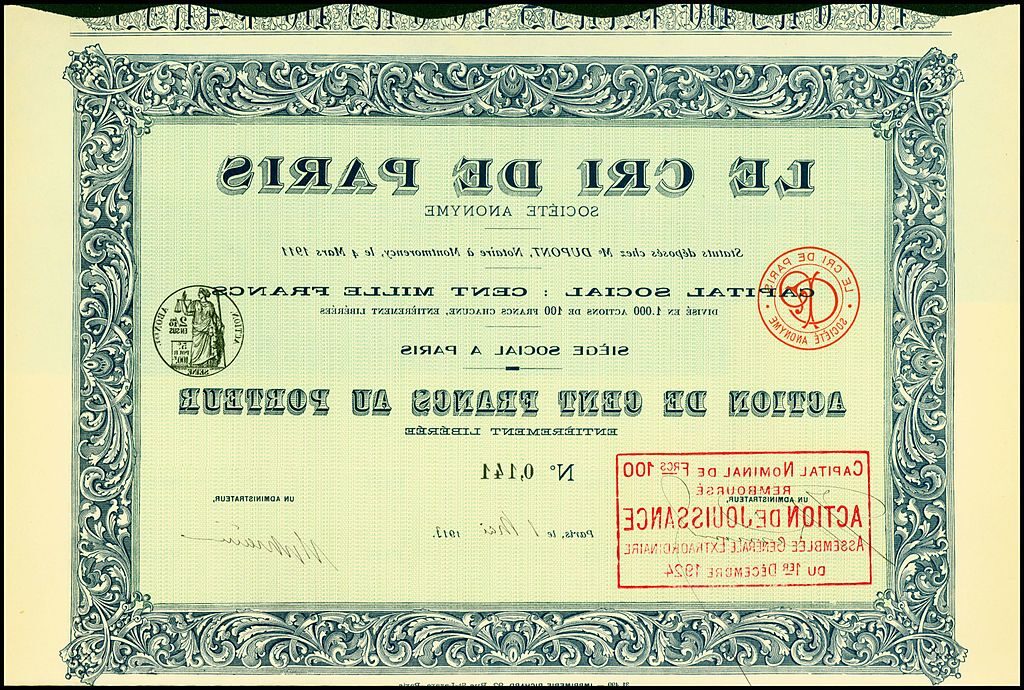
Le Cri de Paris (1913) by Juan Gris
His friendship with figures such as Guillaume Apollinaire and Sergei Diaghilev helped expand his influence beyond visual art to literature and ballet.
In addition, Gris’s illustrations for satirical magazines like Le Rire, Le Charivari, and Le Cri de Paris demonstrate his engagement with cultural commentary. His distinctive approach continues to attract attention, ensuring his position in art history as a critical figure in shaping modernity and the visual arts landscape.
Influences Beyond Painting
Juan Gris had a significant impact on various fields beyond painting. His work resonated with writers who found inspiration in his ideas, affected the performing arts by integrating visual arts into performance, and left a mark on the principles of design and architecture.
Impact on Literature and Thought
Gris’s innovative approach inspired many contemporary writers and thinkers. Guillaume Apollinaire and Max Jacob, both close to Gris, were captivated by the way Cubism redefined representation and narrative.
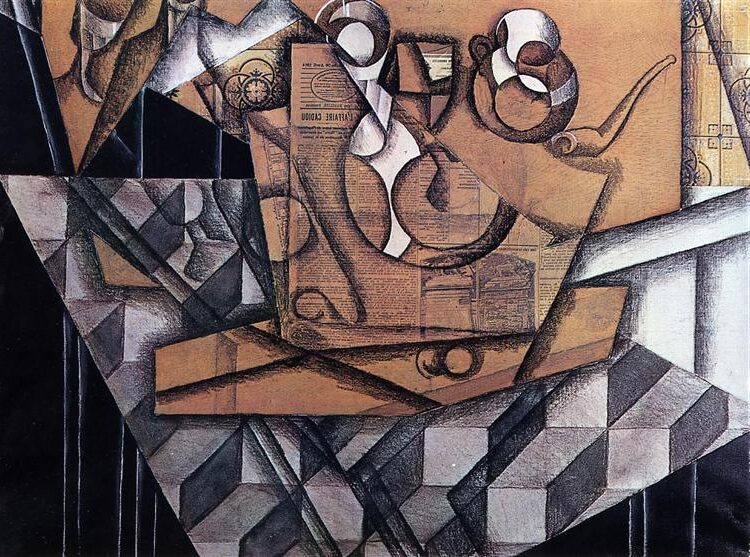
Tea Cups (1914) by Juan Gris
Apollinaire’s poetry often echoed Cubist sensibilities, playing with structure and form in unexpected ways. Max Jacob’s involvement with the avant-garde mirrored Gris’s artistic evolution.
At Bateau-Lavoir, where Gris lived, these intellectual exchanges flourished, fostering a vibrant environment of shared ideas across disciplines. For many, Gris’s mastery of papier collé and his modernist ethos symbolized the era’s creative spirit.
Relation with Performing Arts
In the performing arts, Sergei Diaghilev, the founder of the Ballets Russes, admired the integration of arts that Gris and his contemporaries achieved. The cross-pollination of music, dance, and visual art can be traced to such avant-garde influences.
Gris’s style influenced costume and stage design, making works more dynamic and visual. The vibrant colors and geometric forms characteristic of his paintings, similar to those seen in Boulogne-sur-Seine, translated to theatrical settings, enriching performances.
These visual elements enhanced the storytelling aspect, allowing audiences to engage with the performances on multiple sensory levels, transforming how art was experienced.
Influence on Design and Architecture
Gris’s impact extended into design and architecture, influencing figures like Charles Edouard Jeanneret, known as Le Corbusier.
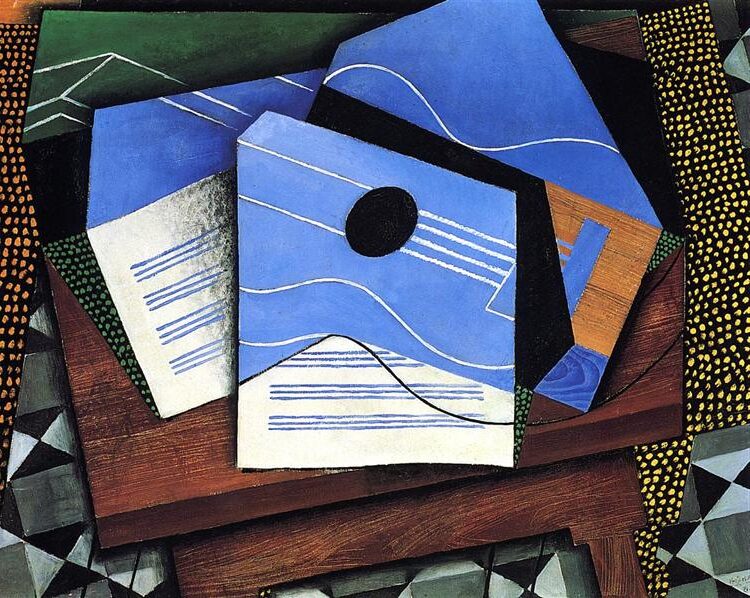
Guitar on a Table (1915)
Le Corbusier was captivated by Gris’s ability to transform everyday objects into abstract compositions, influencing his architectural philosophy.
Gris’s approach to composition and form inspired design elements in Galerie Simon and Galerie Flechtheim, reflecting a synergy between art and architecture. His influence was apparent in how spaces were conceived, blending functional design with artistic aesthetics. This integration demonstrated Gris’s profound effect on modern design principles, emphasizing simplicity and innovation in the era’s evolving cultural landscape.
Frequently Asked Questions
Juan Gris, a key figure in the Cubism movement, is known for his geometric paintings and emotional depth in art. His works often explore themes of perspective, color, and form within still life compositions.
What was the first painting created by Juan Gris?
Juan Gris’s earliest works are less documented, but he began painting seriously in the style of Cubism around 1911. This period marks the start of his experimentation with geometric forms and visual perception.
How did Juan Gris contribute to the Cubism movement?
Juan Gris contributed significantly to Cubism by developing Synthetic Cubism. He expanded on the ideas of deconstruction and reconstruction of forms, using brighter colors and more defined shapes.
Can you describe the technique Juan Gris used in his collages?
Gris’s collages often included cut paper, fabric, and other materials to create texture and depth. His technique involved layering these elements to form cohesive compositions, blending painting with collage.
What are some characteristics of Juan Gris’ still life paintings?
Gris’s still life paintings are characterized by geometric shapes and careful composition. He often used a limited color palette, emphasizing the interaction of forms and space, creating a balanced aesthetic.
How did Juan Gris pass away?
Juan Gris passed away in 1927 at the age of 40. His death was due to kidney failure, ending his influential career in the early 20th-century art scene.
What are some of the notable themes found in Juan Gris’ artwork?
Notable themes in his work include the exploration of perspective, the use of vibrant colors, and the interplay of everyday objects and abstract forms. His art also focuses on emotional storytelling.

